Postcard from Jaffa 14 July 2014
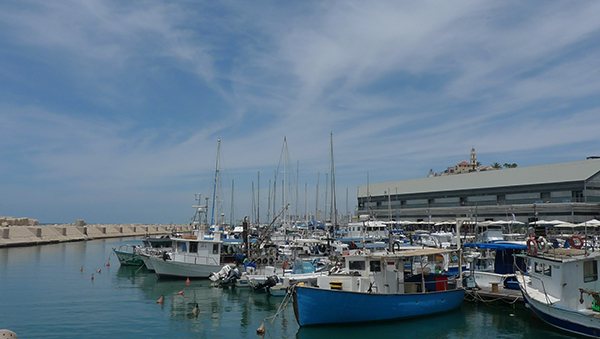 The port of Jaffa is a very ancient place, and though it looks somewhat sleepy today, it was a bustling, working harbor for many centuries before the Egyptian Pharaohs took note. Located on a high tel on the eastern coastline of the Mediterranean, Jaffa’s strategic position (evident in maps both old and new) guaranteed its geo-political-economic importance into the modern era.
The port of Jaffa is a very ancient place, and though it looks somewhat sleepy today, it was a bustling, working harbor for many centuries before the Egyptian Pharaohs took note. Located on a high tel on the eastern coastline of the Mediterranean, Jaffa’s strategic position (evident in maps both old and new) guaranteed its geo-political-economic importance into the modern era.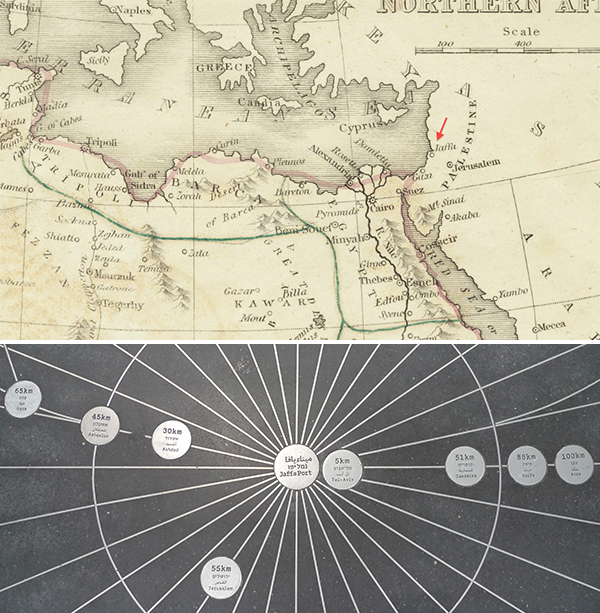
Despite the treacherous waters around the Andromeda rocks, merchants, pilgrims, and colonists all passed through Jaffa, coming from somewhere else and going to somewhere else. The Cedars of Lebanon en route to Solomon’s Temple, the Empress Helena en route to the via Dolorosa; the Shamouti [a.k.a. Jaffa] Oranges en route to the world. And then there were the soldiers, legions of them across the centuries, commanded by military legends like Thutmose, David, Alexander, Richard the Lionheart, Saladin, Napoleon, and Allenby, each of whom regarded Jaffa as key to victory.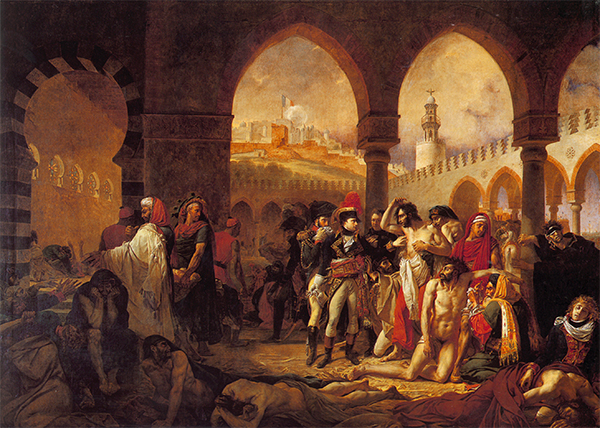
When Napoleon turned up in Jaffa in March of 1799, the French army d’ Orient had already laid siege to the redoubt as part of its Syrian Campaign, ransacking the port city and slaughtering approximately 3,000 Ottoman prisoners of war. Bonaparte entered Jaffa on March 11th on a mission of damage control, seeking to minimize the significance of an outbreak of bubonic plague and to quell rumors that he had ordered a military doctor to poison the victims, including members of his own army. Boldly, he enters the military hospital temporarily installed in the Armenian Convent on the Jaffa waterfront; dramatically, he reaches out towards an afflicted French soldier. Fearing neither disease nor grandstanding, the General touches the swollen lymph nodes of the soldier’s armpit. At least that’s how Antoine Jean Gros depicted the event five years later, in a canvas commissioned by the newly declared Emperor Napoleon with propagandistic intent. Le tricolore flying on the hill in the background didn’t waive over Jaffa for long. By June of 1799, Napoleon had ordered a full-on retreat, south through the desert and back into Egypt.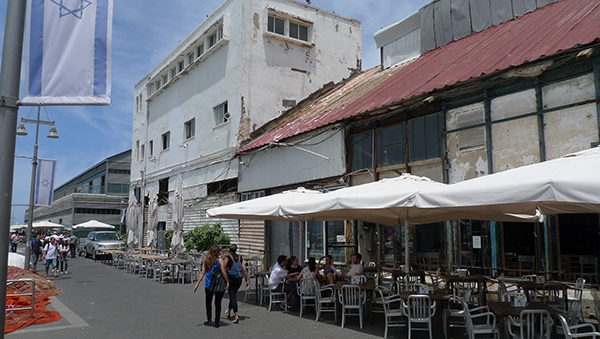
Walking the waterfront today, past the trendy cafes and fashionable boutiques that are hallmarks of urban revitalization across the planet, it takes a sharp eye to locate the remains of the Pestilence House of Jaffa–and not just because most of the buildings lack the exaggerated Orientalist details that Gros so hotly imagined (I wish I had laid eyes on a courtyard with such a crazy, ziggurat-like, corbeled parapet).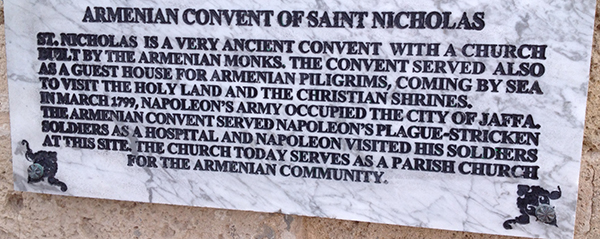
Even the most studious tourist, upon locating a sign identifying the Armenian Convent, might be forgiven for confusing the Pestilence House at Jaffa with a luxury condo, mainly because the Pestilence House at Jaffa is a luxury condo.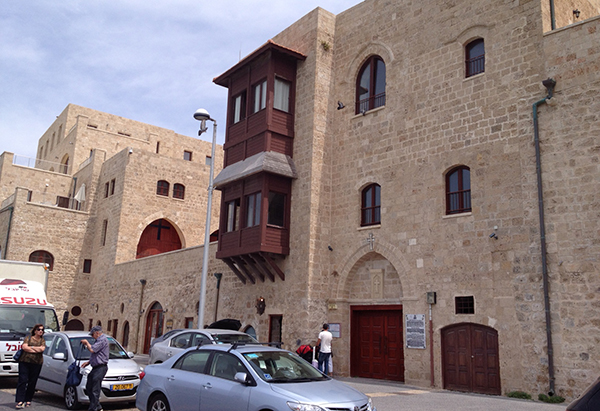
Though the small Church of St. Nicholas is still intact and open for services, much of the complex, including parts of the monastery and the pilgrims’ hospice, has been transformed into a series of private residences by “a bespoke property development company” based in London. The sandstone walls, the arches and openings, the woodwork, it’s all been stabilized and restored with the exterior imperfections so perfectly preserved that it could only be the product of 21st century historical self-consciousness.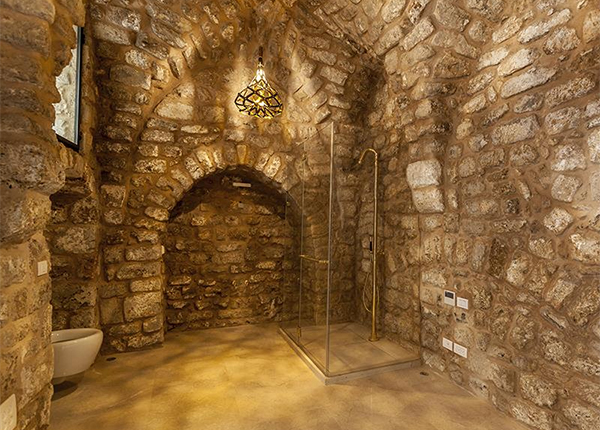
This is hardly the exclusive purview of the folks responsible for the work at the Armenian Convent. A few doors down, Sotheby’s International Realty is offering a 5 bedroom apartment for $13.7 million, one that inserts the “ultramodern” into a “[framework] of ancient archeological architecture.” Which likely explains that bidet tucked inside a 12th century vault.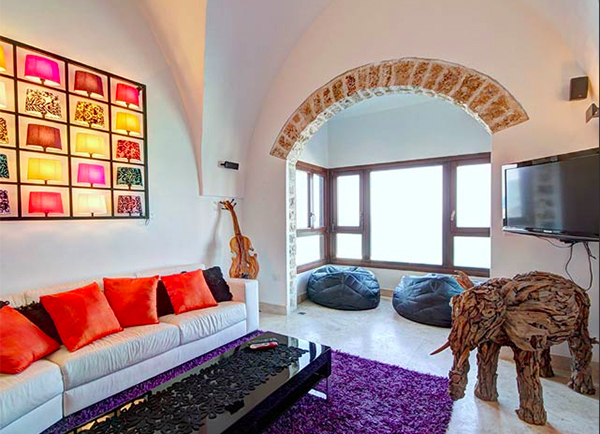
Back at the Armenian Convent, while keenly exploiting the monastery’s “steeped in history” Napoleon-was-here marketing potential, the company website tactfully avoids any mention of swelling buboes and dying soldiers. Nothing takes the sheen off of high end real estate like an infectious disease, except maybe the fraught legacy of displacement, abandonment, and settlement that has characterized Jaffa since 1948. Needless-to-say, these are not mentioned either. But that’s not really surprising.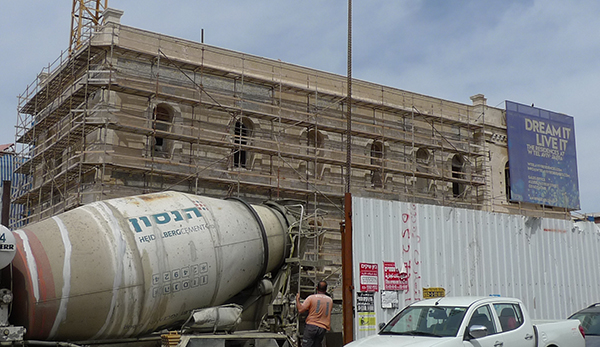
In the 21st century, it may well be that the only force strong enough to overcome political and religious factionalism is the one that replaces it with gaping class divisions and staggering income inequality: restless and relentless global capitalism.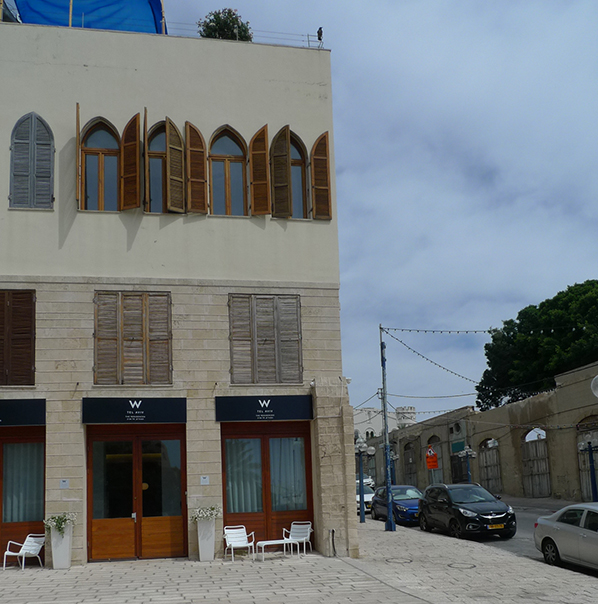
And unlike Napoleon, the W in Jaffa (opening summer 2015) shows no sign of retreat.

Leave a Reply
You must be logged in to post a comment.